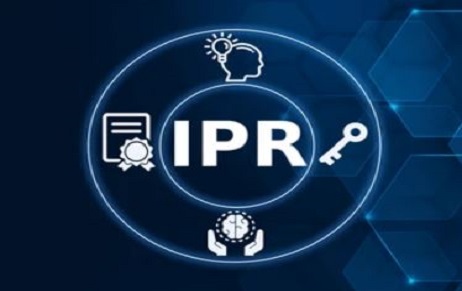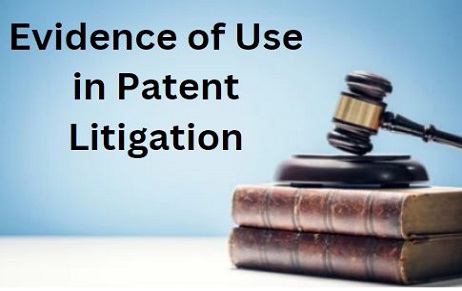Introduction The media and entertainment industry is a broad and ever-evolving domain that includes several…
Practice of Patent Asserting Entities: Boon or Bane: Global Innovations
Introduction
Patent troll relates to a person or company that enforces its patents against one or more alleged infringers in an opportunistic and unduly aggressive manner, often with no intention to manufacture or market the patented invention. Various terms such as patent trolls, patent monetization companies, or patent assertion entities are used for such entities; however, irrespective of the term used, it solely talks about companies that conduct very little research to create new ideas and produces no products. Instead, they hold patents in which they were not involved at any level: ranging from designing, manufacturing, or process associated with that patent. Their main aim is to sue similar patent holder firms or to extract license payments under the threat of lawsuits or actual litigation to enforce their demands.
A more polite and neutral name used for them is “Non-Practicing Entities” (NPE’s). Non-practicing entities include legitimate institutions such as start-ups, technology transfer agencies, universities, research organizations inter alia.
Modus Operandi of patent trolls
Patent trolls usually gather together large portfolios of patents, which they purchase from companies that are going out of business, from firms that have developed technology that they don’t intend to pursue on a particular technology, or from individuals who are lacking funds to develop their inventions or ideas. Further, the trolls look for successful products that use the technology covered by their patents and demand a licensing fee. Because patent suits are expensive to defend, the target company is most often willing to settle out of court.
Trolls accumulate patents related to a target company. By purchasing many patents focused on one area, they are able to bring up so many occasions of possible infringement which further makes it harder and more expensive for the target company to defend the suit. They also use multiple defendants so that the legal cost per defendant is reduced but makes for a large overall potential payback.
On the other hand, as a matter of practice, lawyers are paid on a contingency basis – they are only paid if they win the case. That reduces the cost further of the trolls. On the other hand cost for the accused infringer is sky-high and if they try to fight the case, there is no quick way to end the litigation and achieve success in the litigation.
The patent trolls may also claim a share in total revenue from the product although patents may cover only a small aspect of the technology. The award can amount to millions for a successful product.
From various sources, it is believed that 97 percent of infringement suits in the U.S. are settled before trial rather than risk judgment irrespective of the merits of the case and also the cost of patent litigation (bringing or defending a patent lawsuit is expensive, with legal costs and lawyers’ fees reaching into the millions of dollars) works to patent trolls advantage, too. Further adding to the list of advantages for trolls, if a defendant company loses a suit, it may be liable for treble damages in a case of willful infringement.
The result is a situation where the accused infringer faces so much of a burden of fighting the court case that it becomes appealing to pay some lesser amount to make the litigation go away.
Patent Trolling in India
The practice of patent trolling was prevalent and practiced in India in the Information Technology and Communications sector till 2005 prior to the passage and enactment of the Patents (Amendment) Act, 2005 after which there was a steep decline in trolling activities. The reason for this decline is nothing but the inclusion in the 2005 Act of a list of non-patentable subject matter which includes Software domain which is considered to be the most significant domain involved in patent trolling among others, the imposition of stringent deadlines for pre-grant opposition, the introduction of post-grant opposition, as well as the introduction of a variety of other provisions such as compulsory licensing.
Pertinently patent law in India does not aim to prohibit the existence of patent trolls but threatens its existence. For instance, Indian patent law makes it mandatory that a (granted) patent be worked or used in India. However otherwise, if a patent is not used in the territory of India within a period of 3 years from the grant of a patent, compulsory licensing might be invoked. Also, the Indian Patents Act makes it mandatory to file a statement of the working of a patent at the end of each financial year. And if the patent holders fail to file such a statement, he may be liable for a fine and/or imprisonment. Hence in India, patent trolling does not pose any major threat to any entity seeking opportunity to enter the Indian market in view of the amendments to the laws which fairly control the patent troll activity in India.
Conclusion:
While patent trolls are a major threat in many countries they are not a viable option to operate in India In view of provisions incorporated in the Indian Patent Laws vide Patents (Amendment) Act, 2005. It can be observed that while the other countries are plagued with patent troll activities, the Indian system strived fairly to control the problem of patent trolls. May be US and other developed countries need to take a leaf out of Indian Patent Laws to curb the menace of patent trolls instead of criticizing the IPR regime.
About the Author: Mr. Sitanshu Singh, Patent Associate, Khurana & Khurana, Advocates, and IP Attorneys and can be reached at [email protected]



